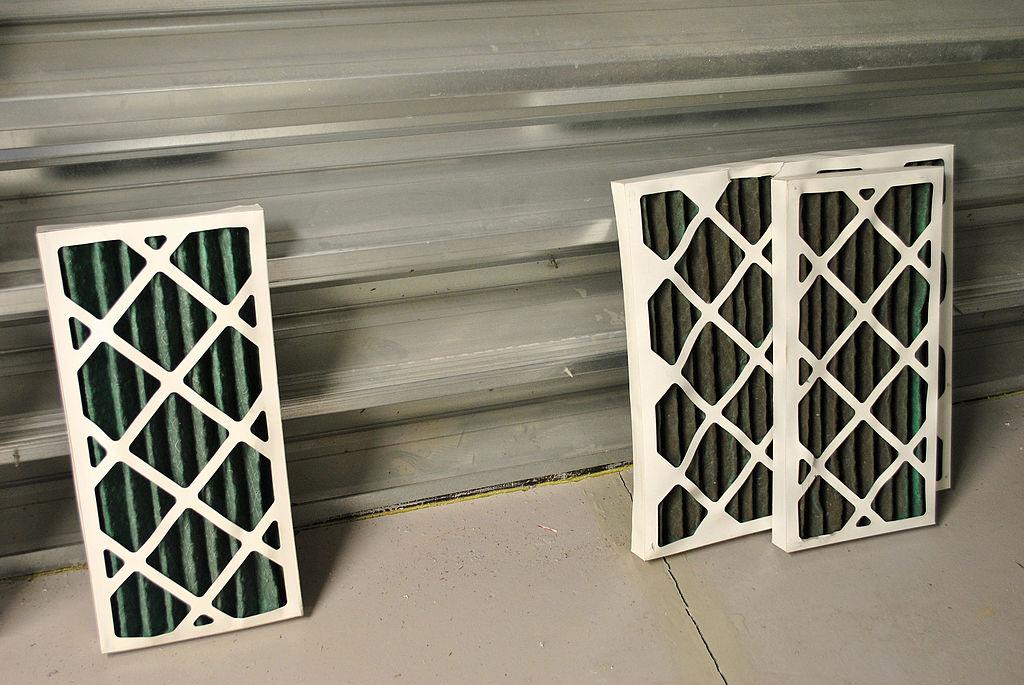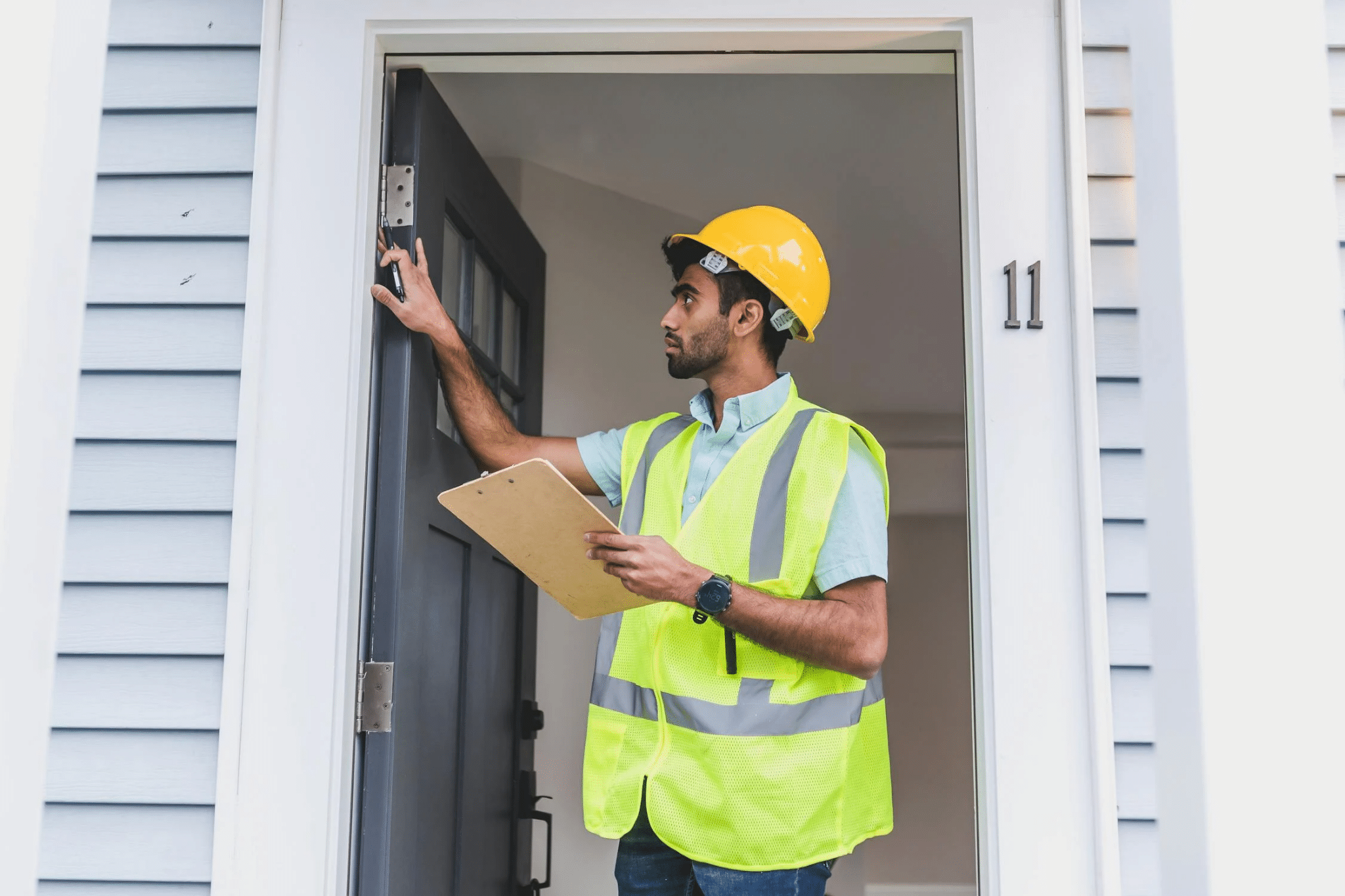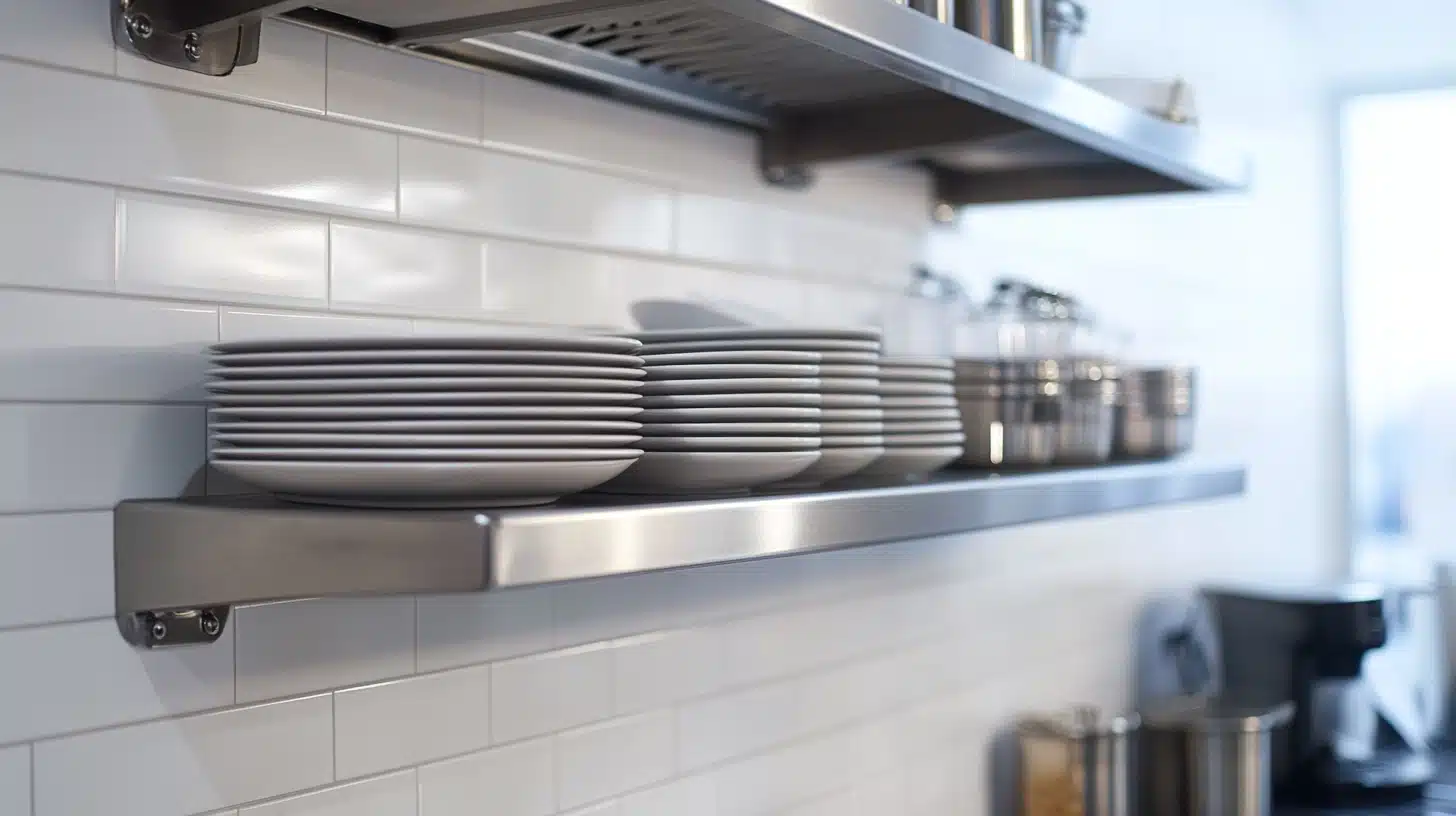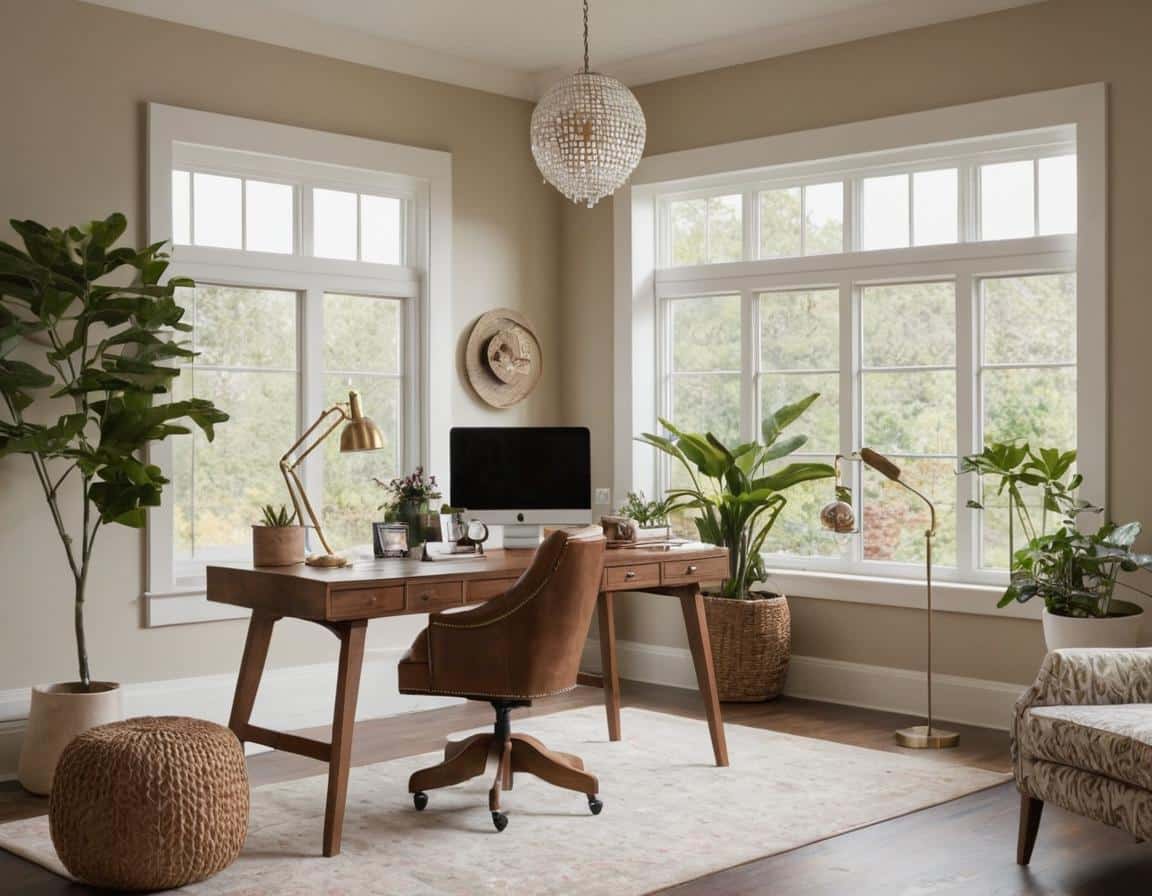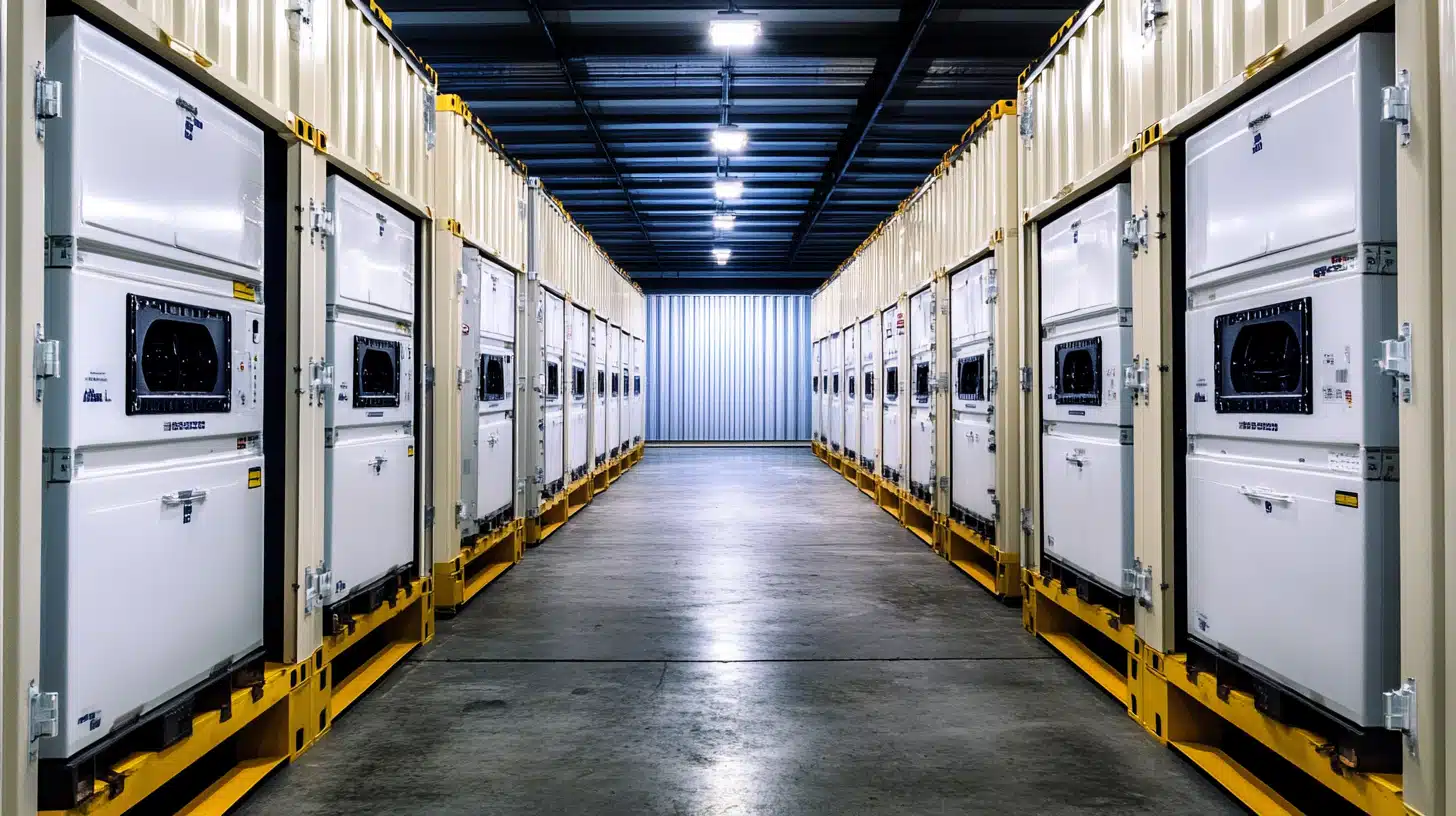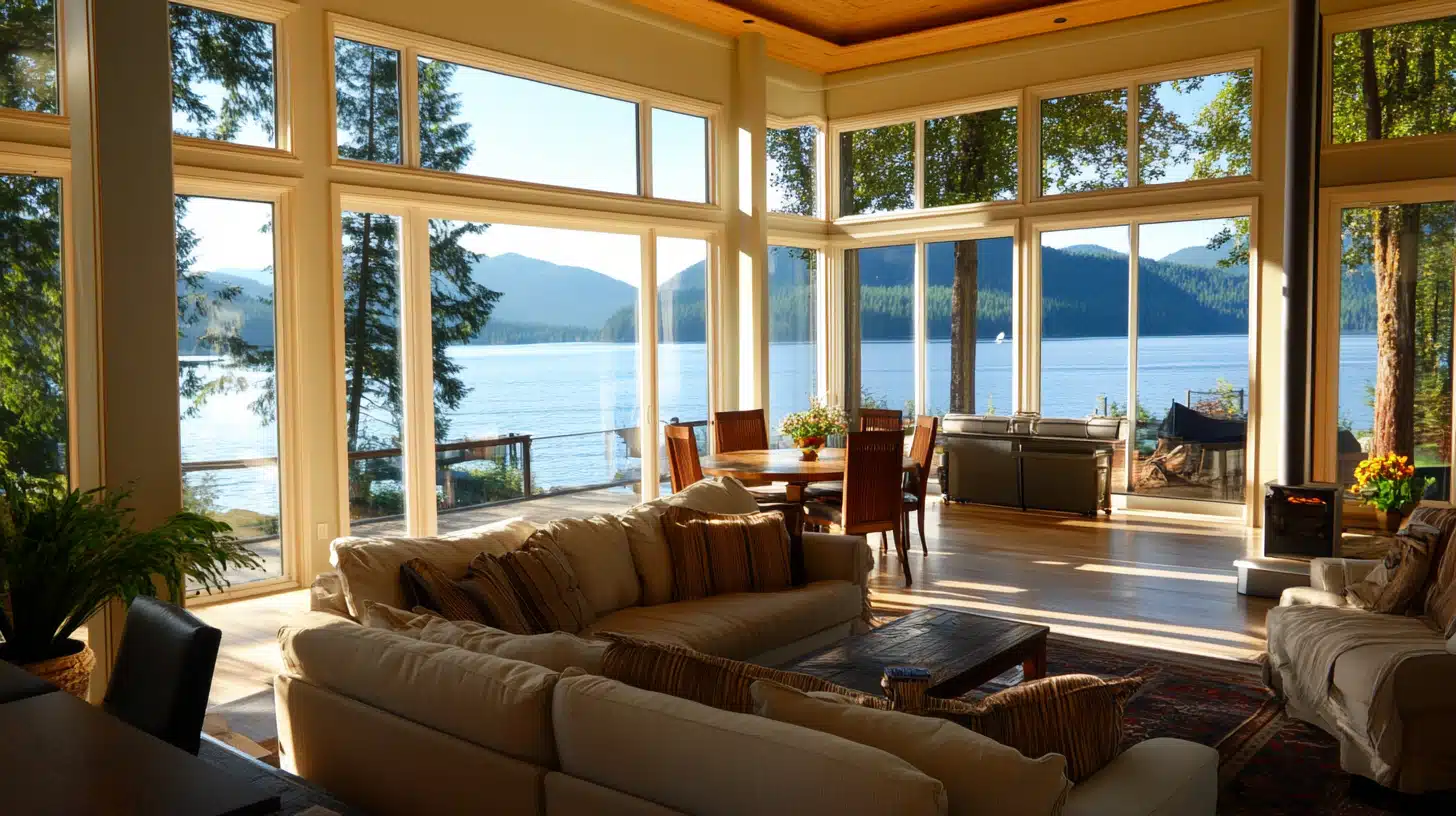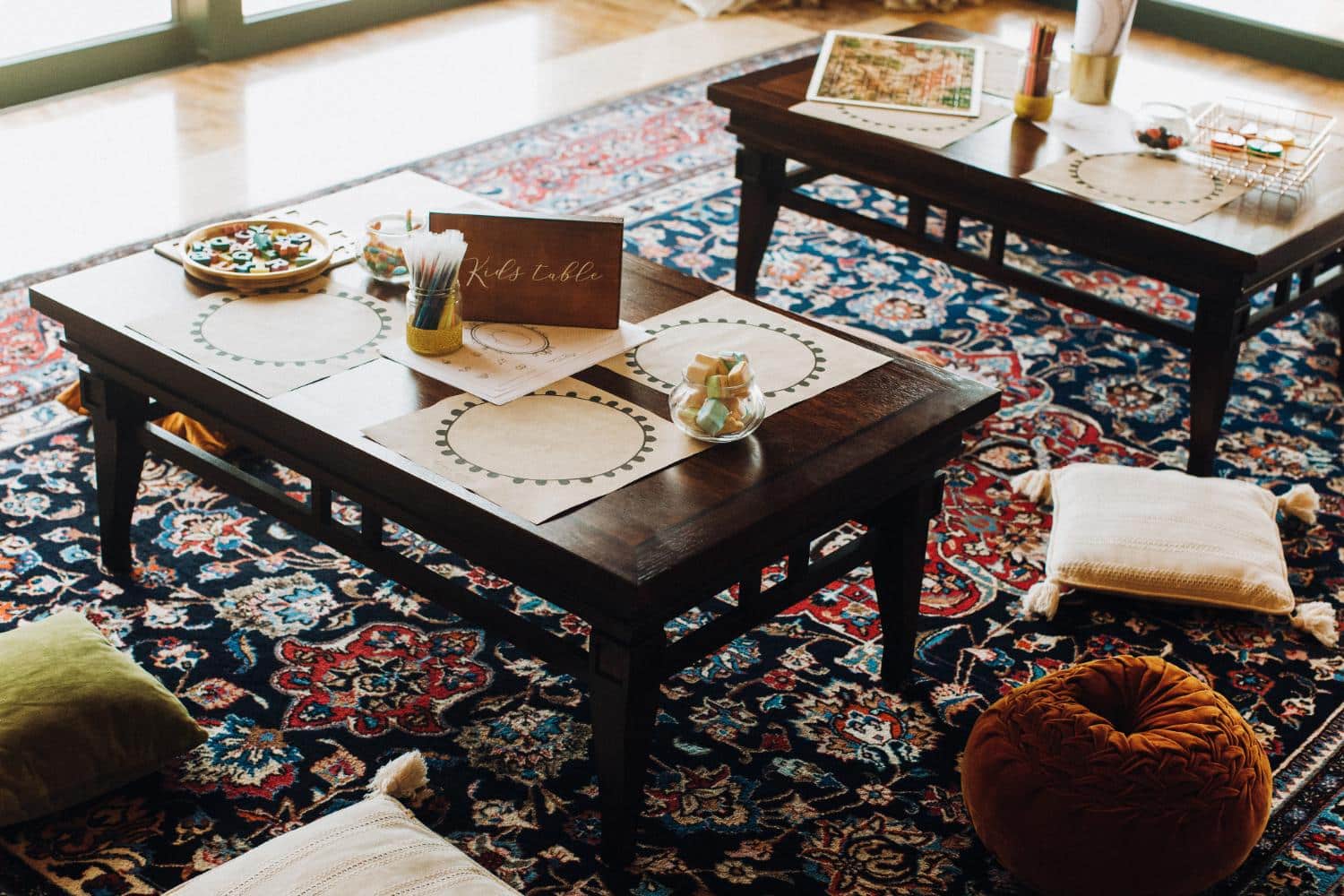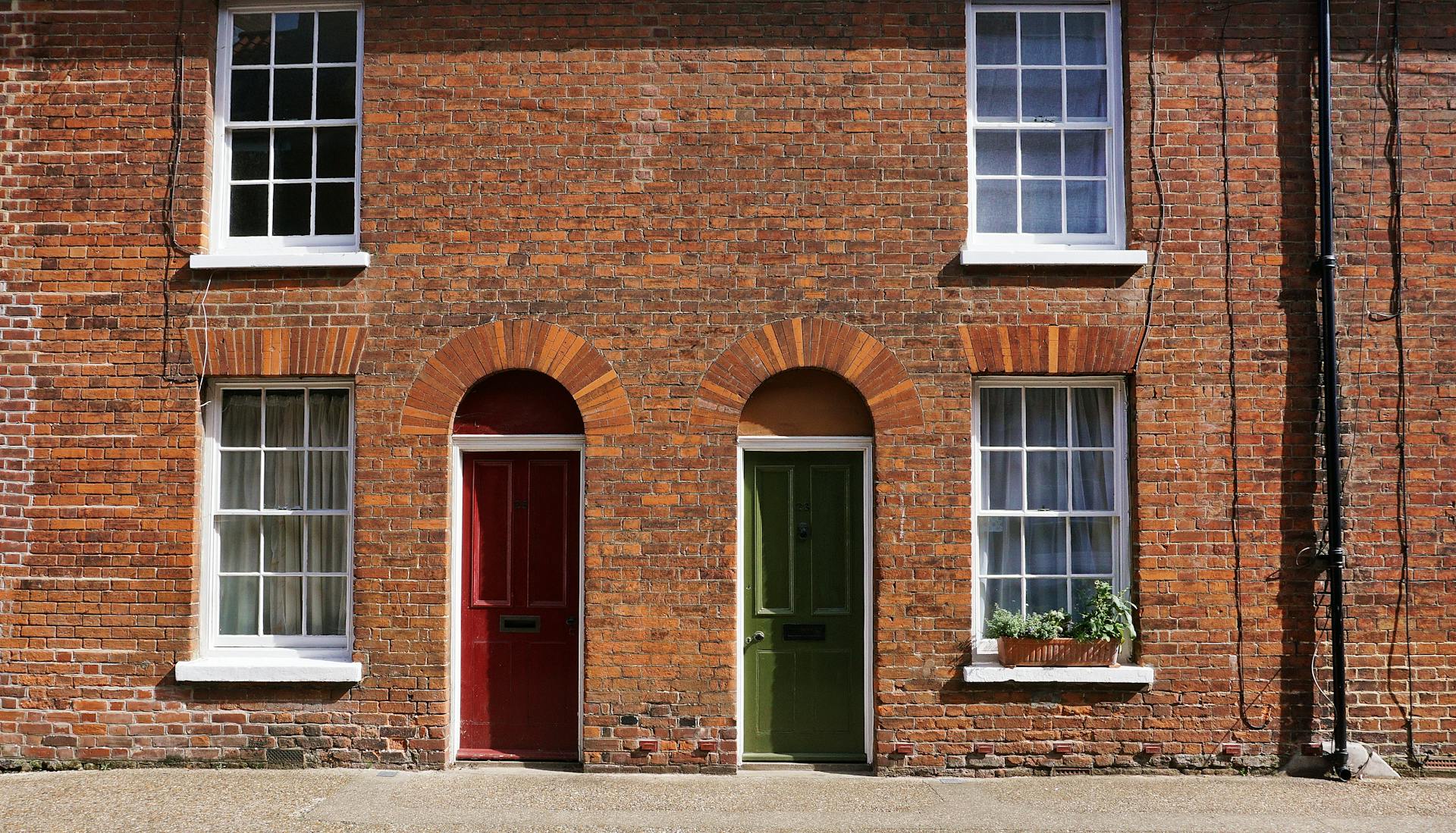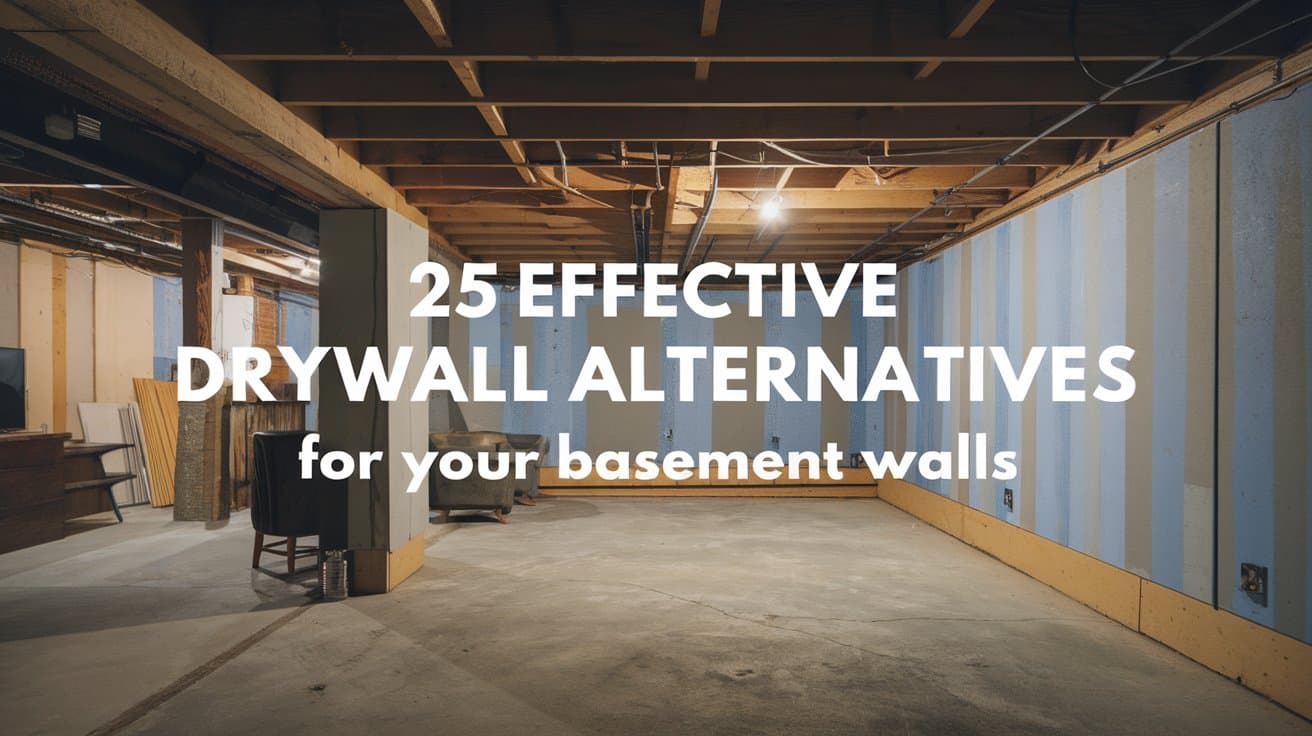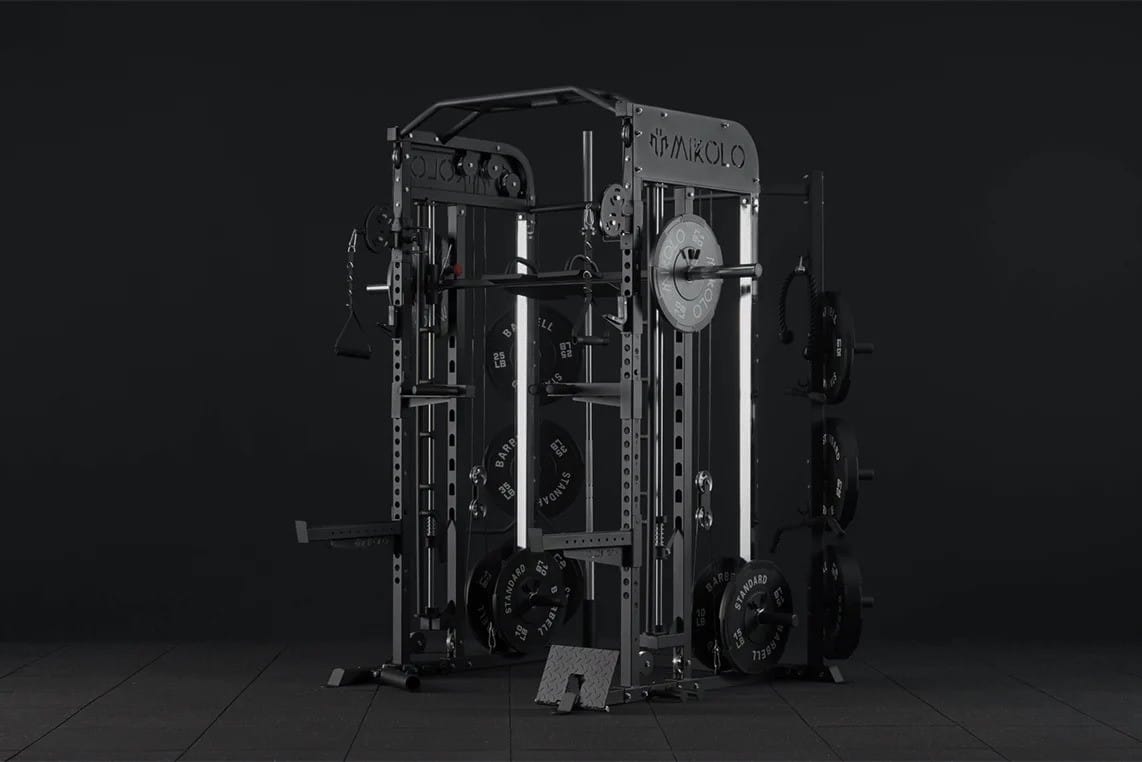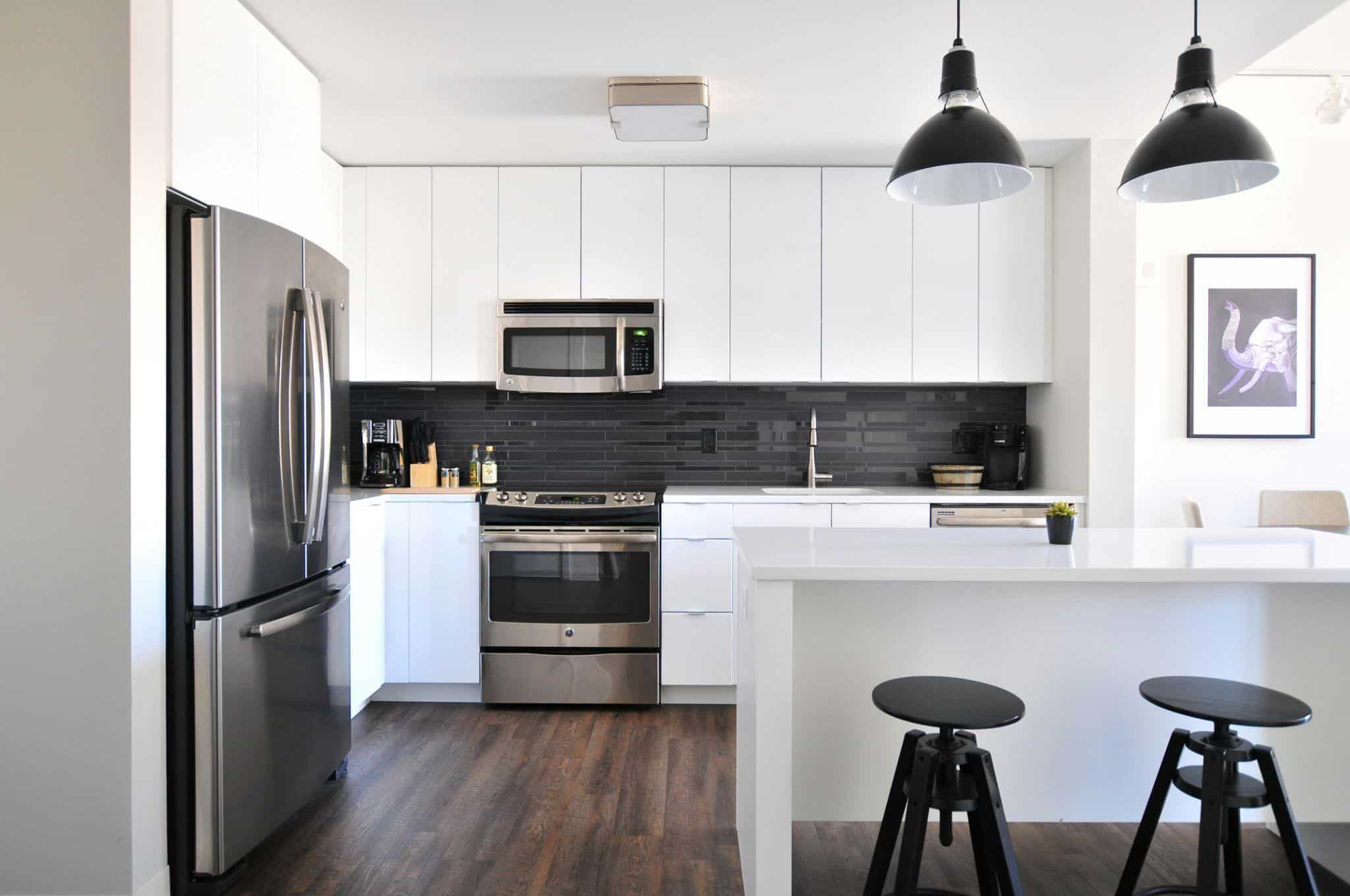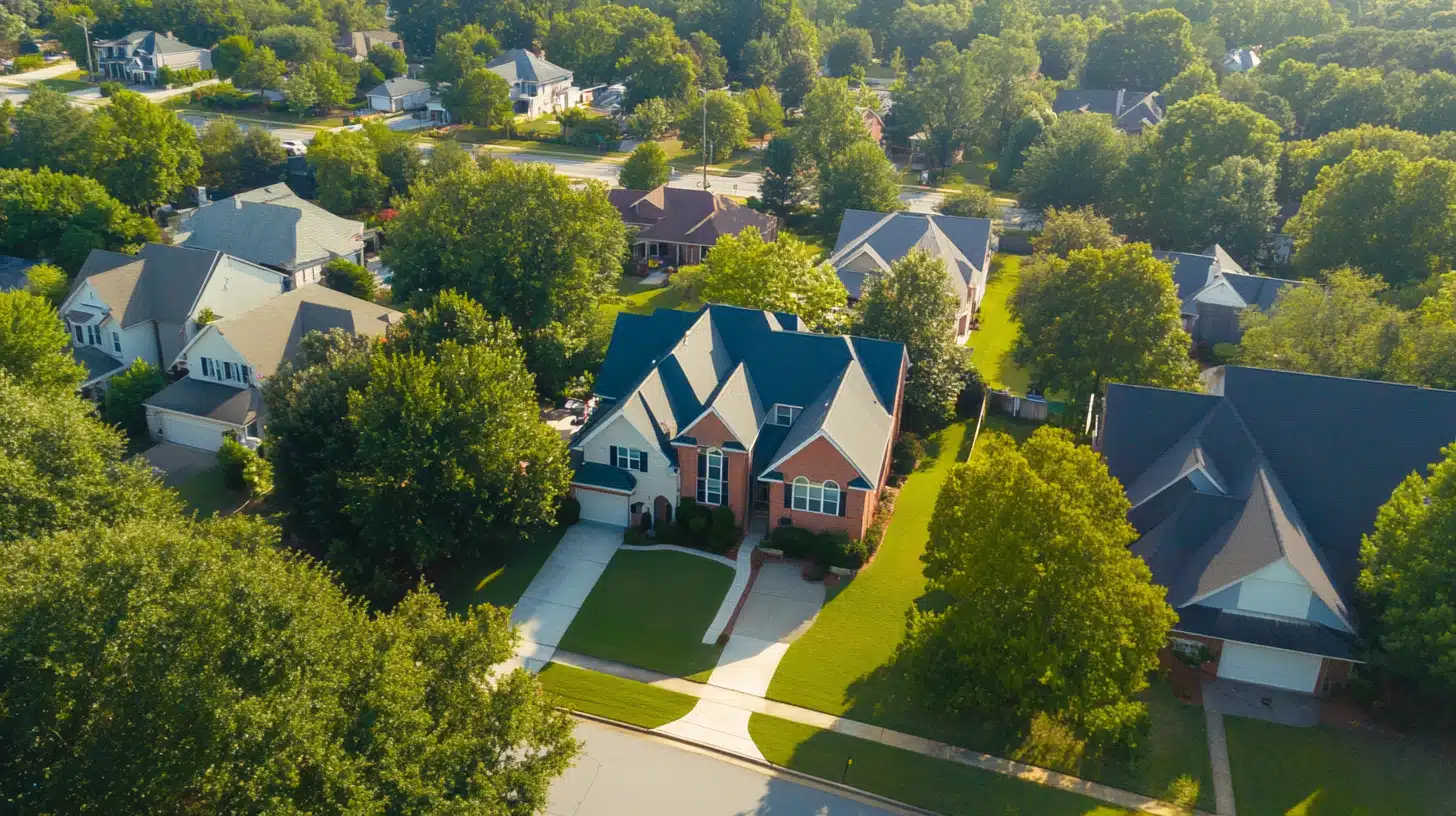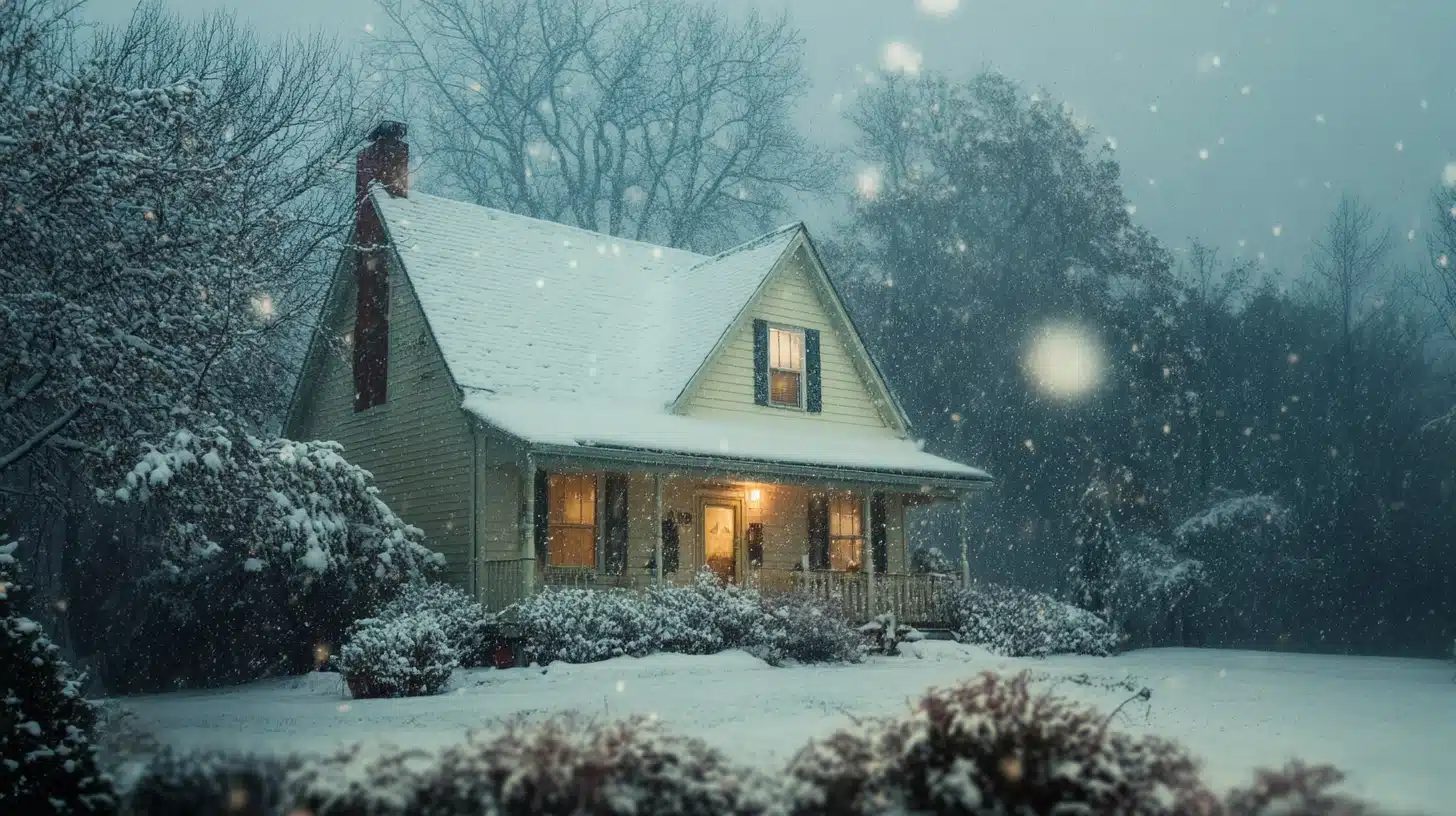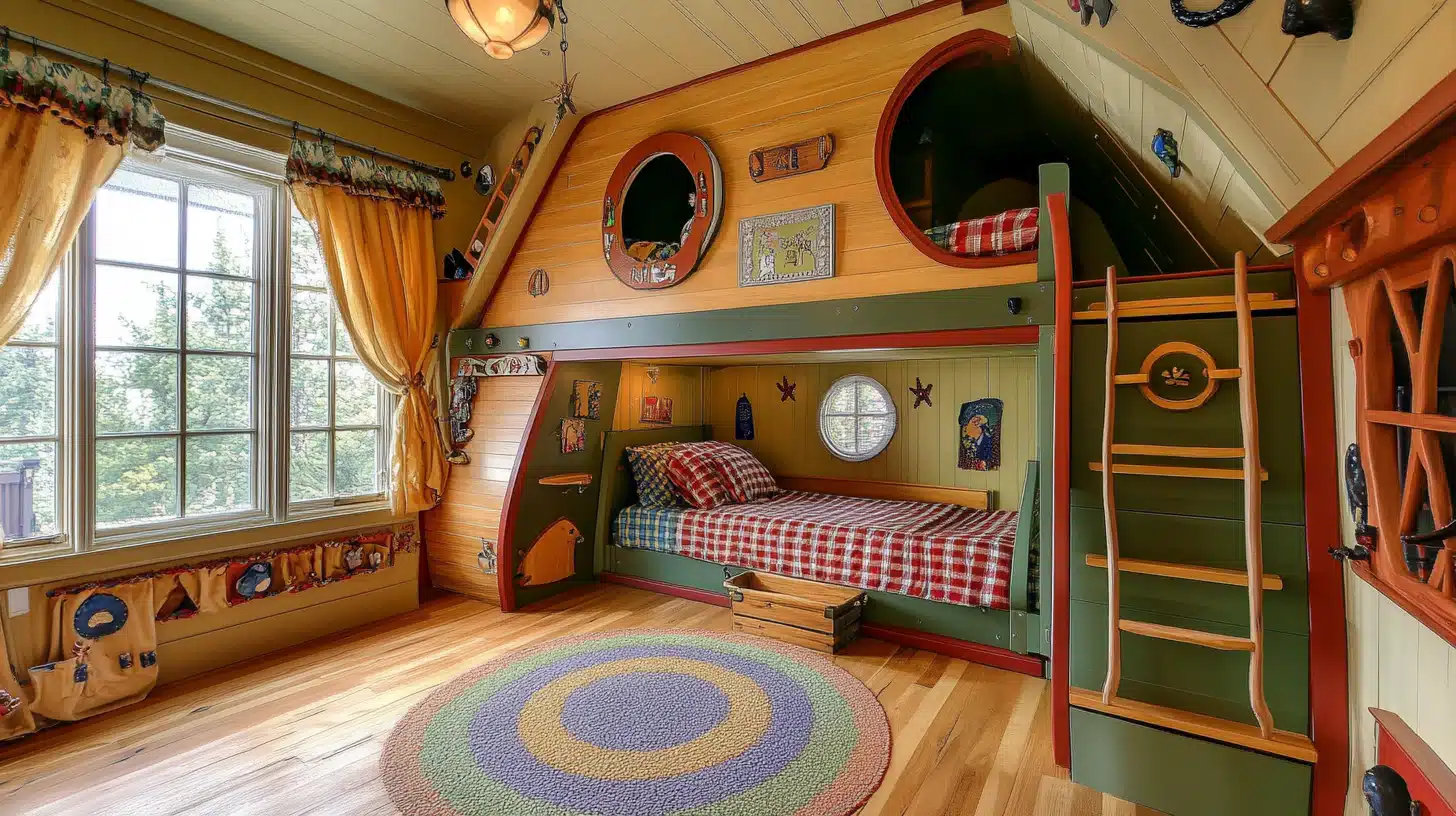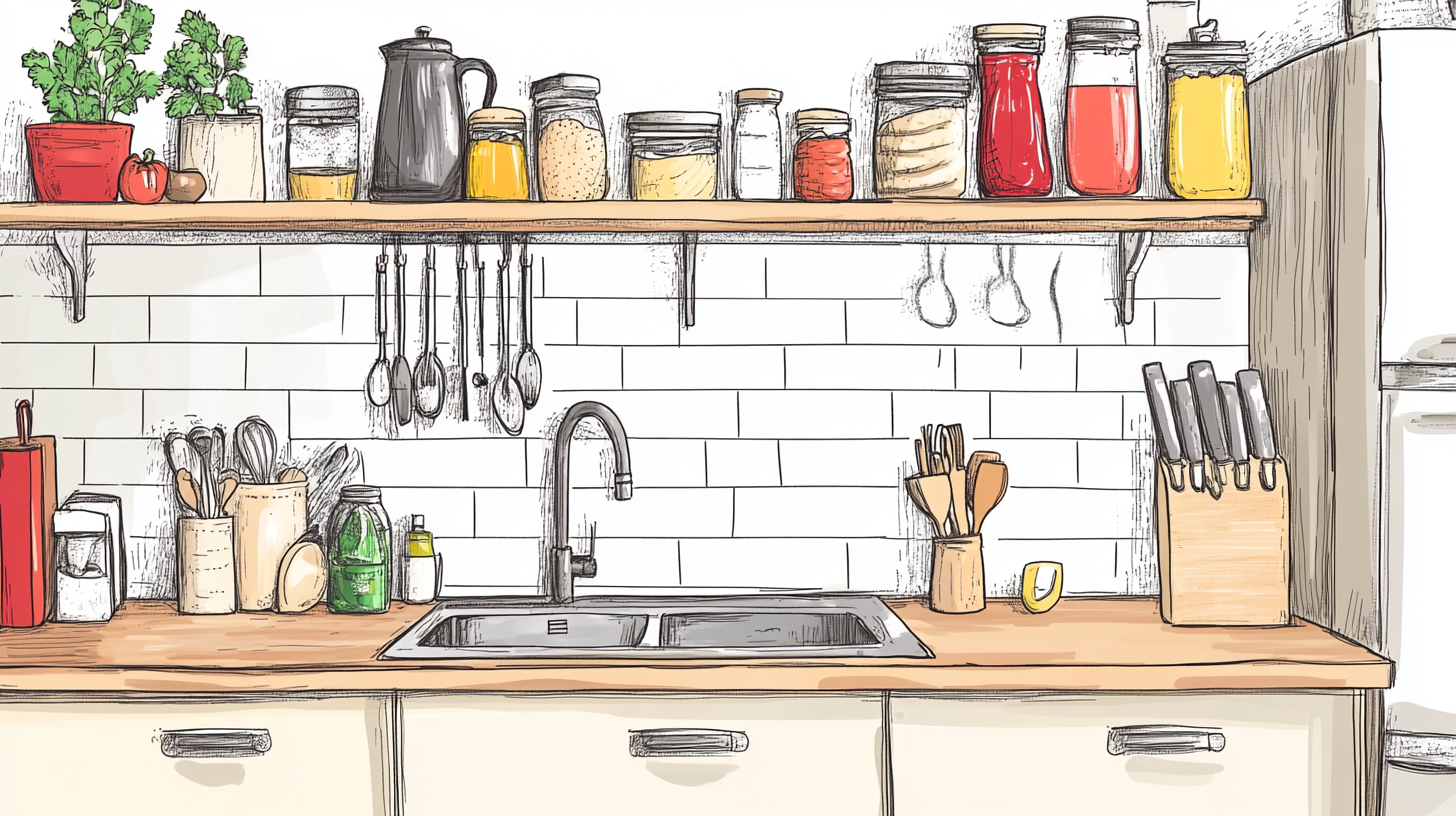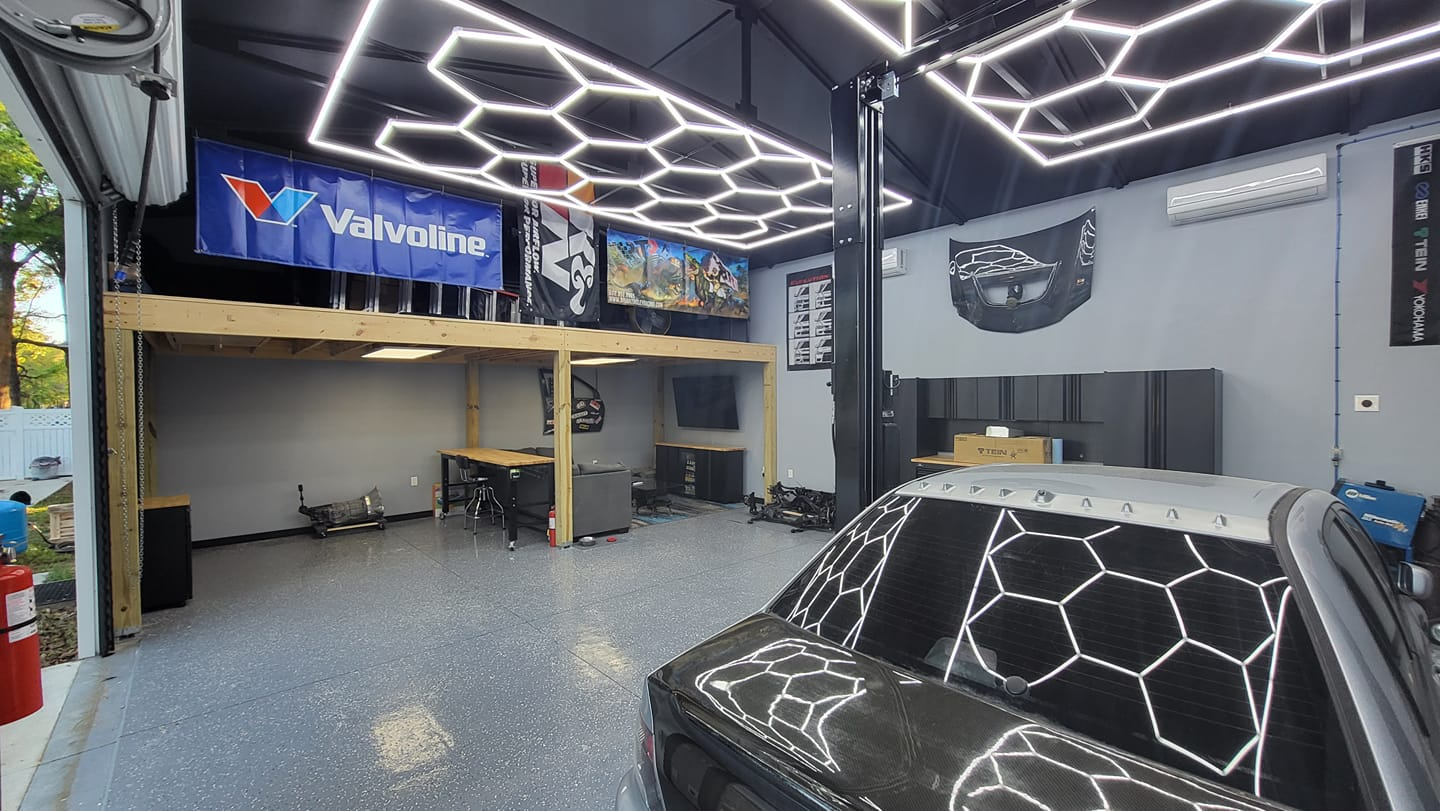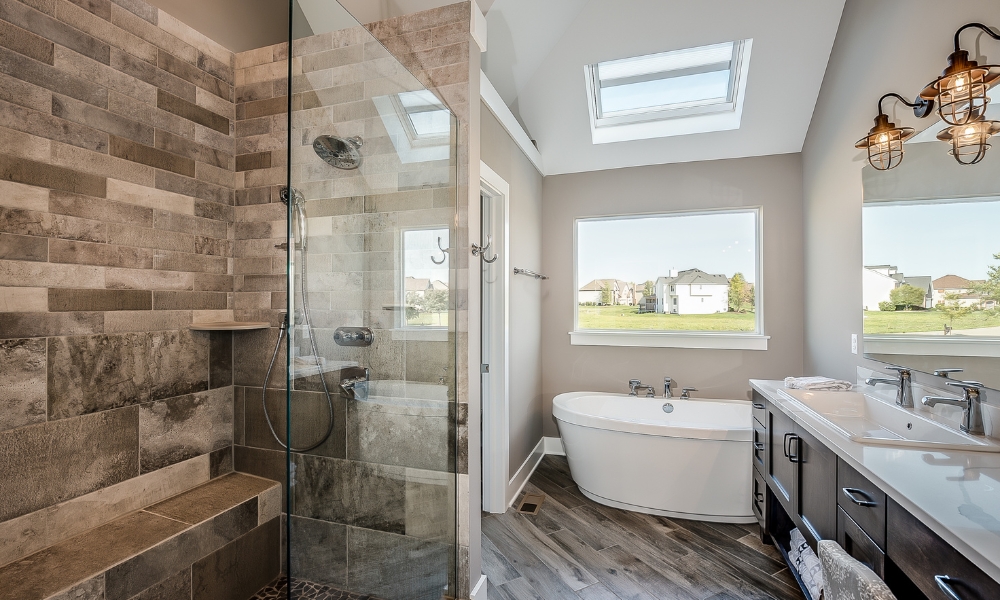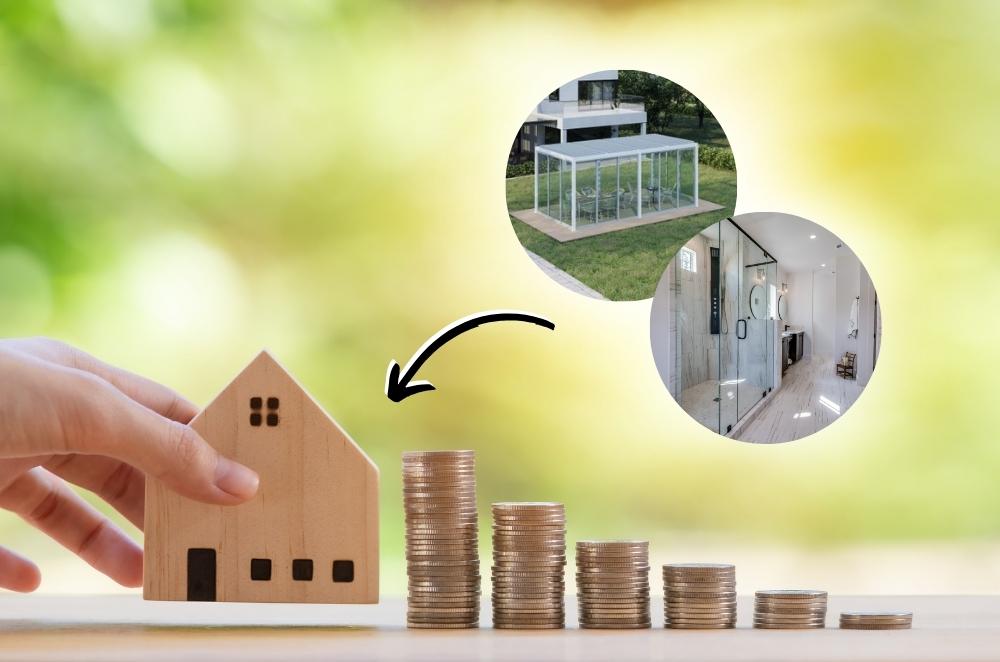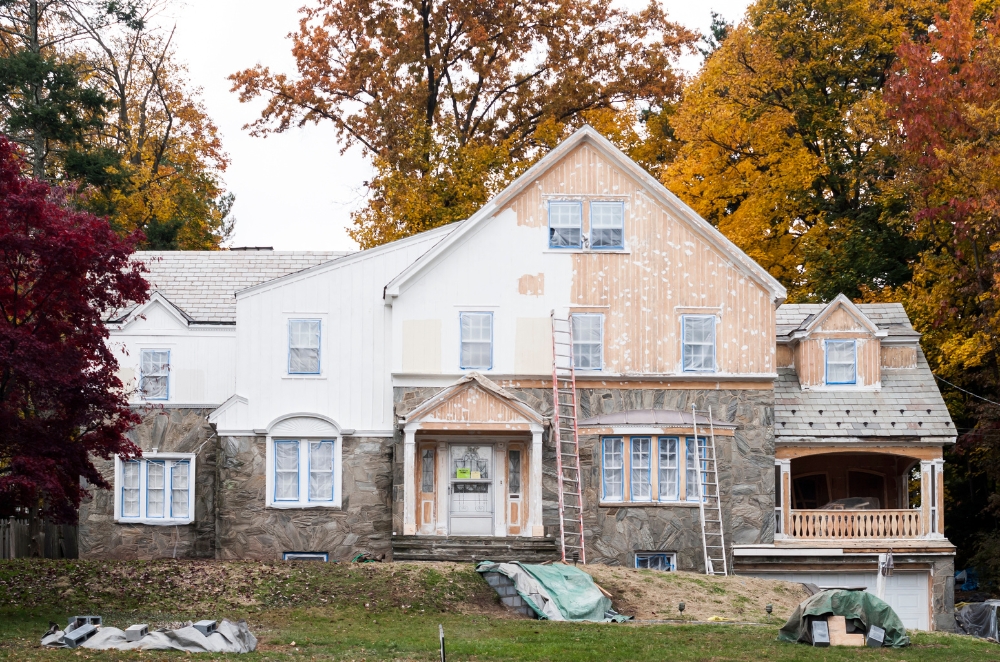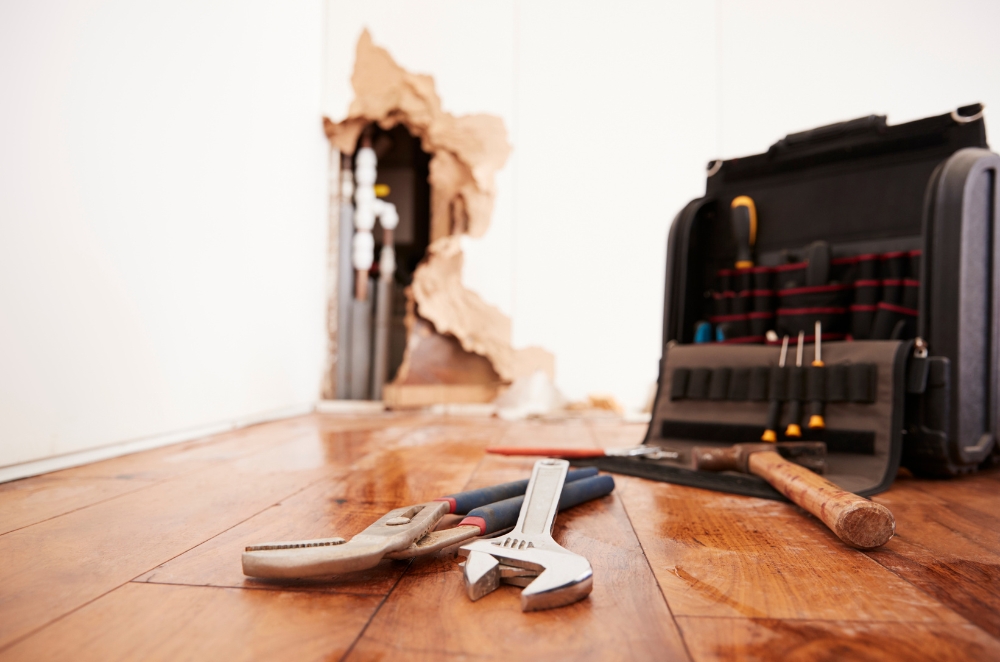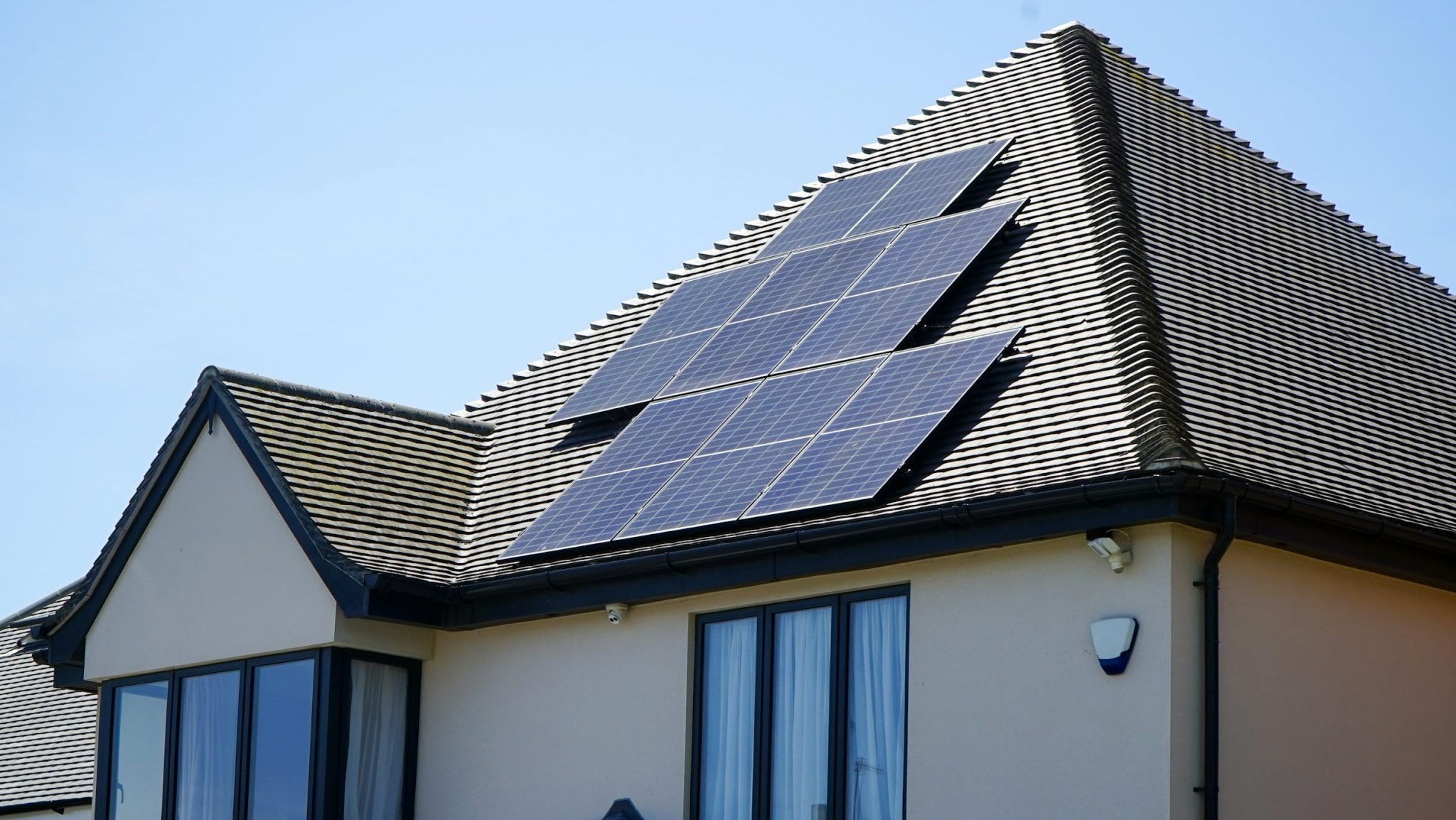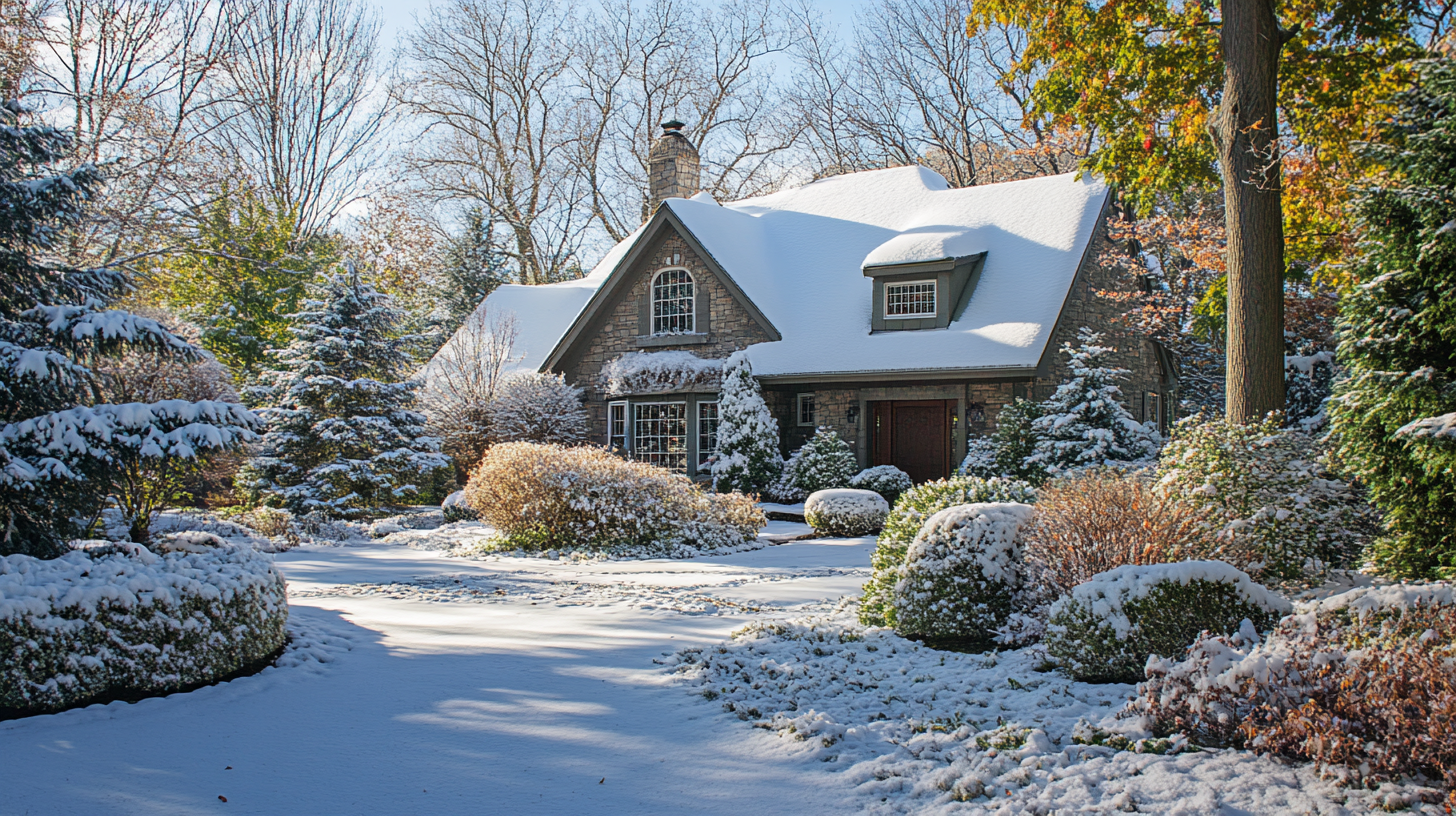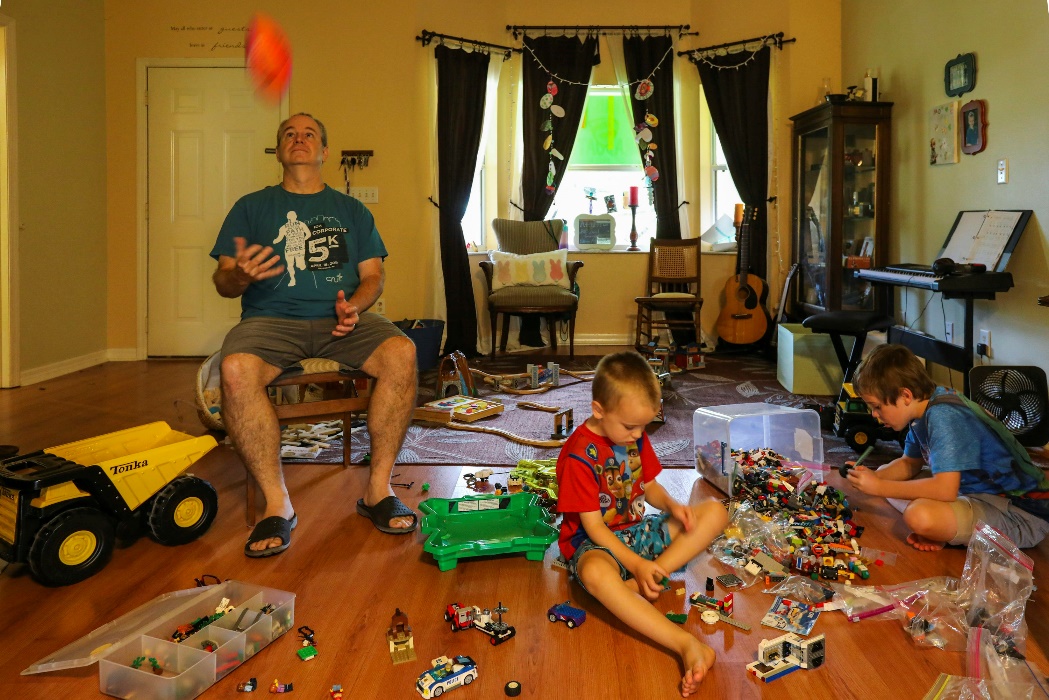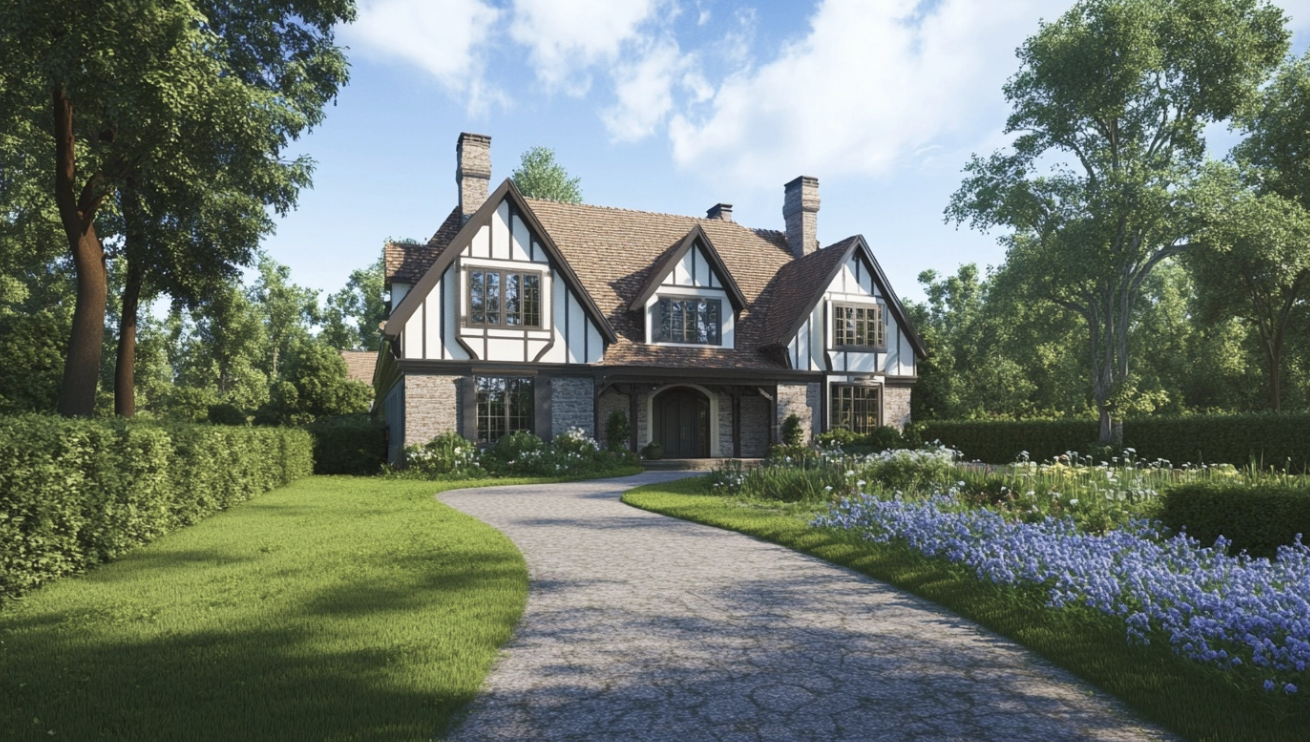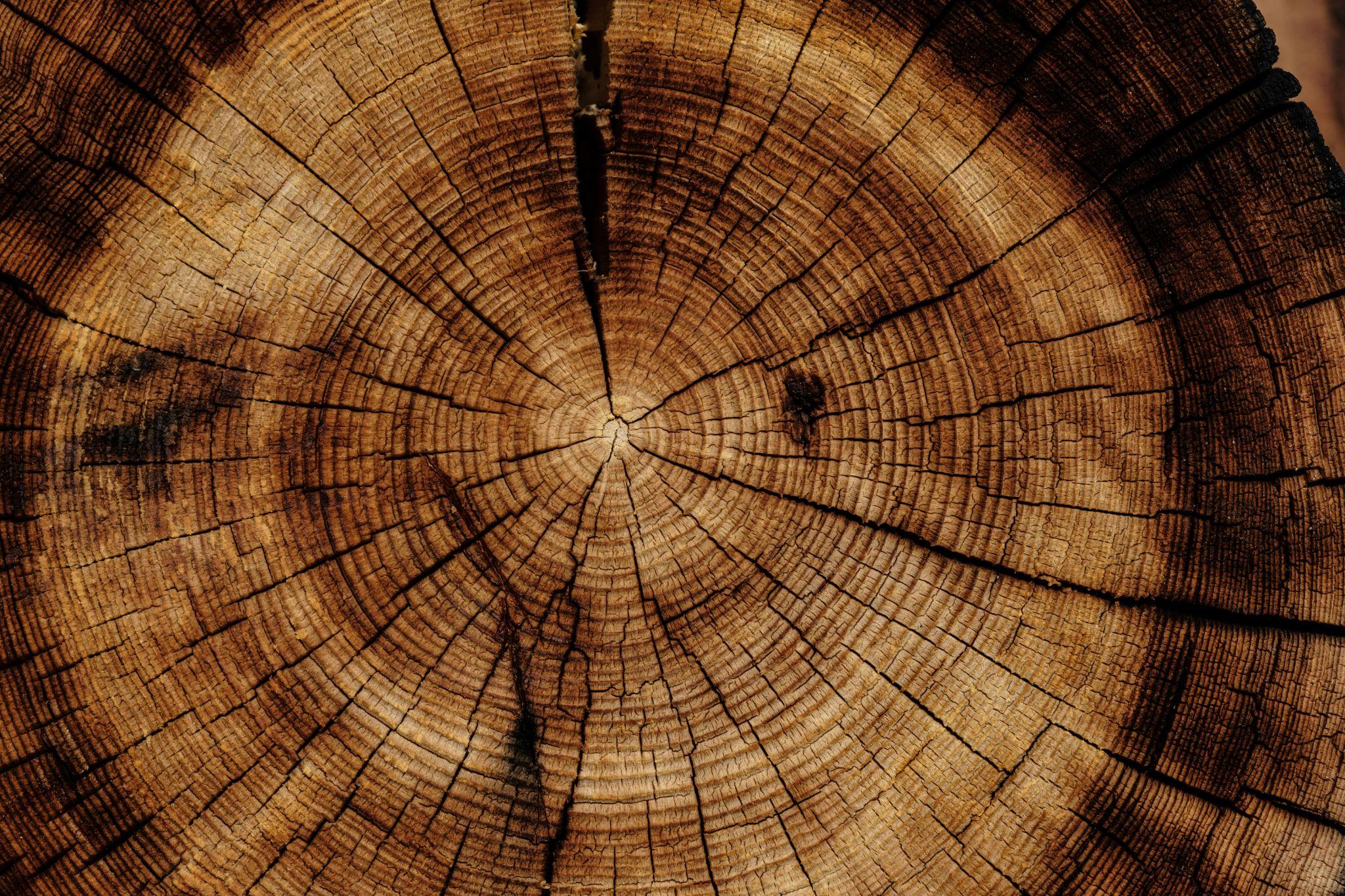
Planning a home renovation is an exciting endeavor, offering a chance to refresh and upgrade your living space. However, amidst the excitement of choosing new designs and materials, it’s easy to overlook potential termite risks.
These tiny pests can wreak havoc on your investment if not properly managed. From using wood materials to exposing new areas during demolition, several aspects of renovations can attract termites. Understanding these risks is essential for a successful and stress-free project.
Let’s dive into five termite risks you should consider before starting your renovation projects.
Understanding 5 Termite Risks for Your Home Renovation Plans
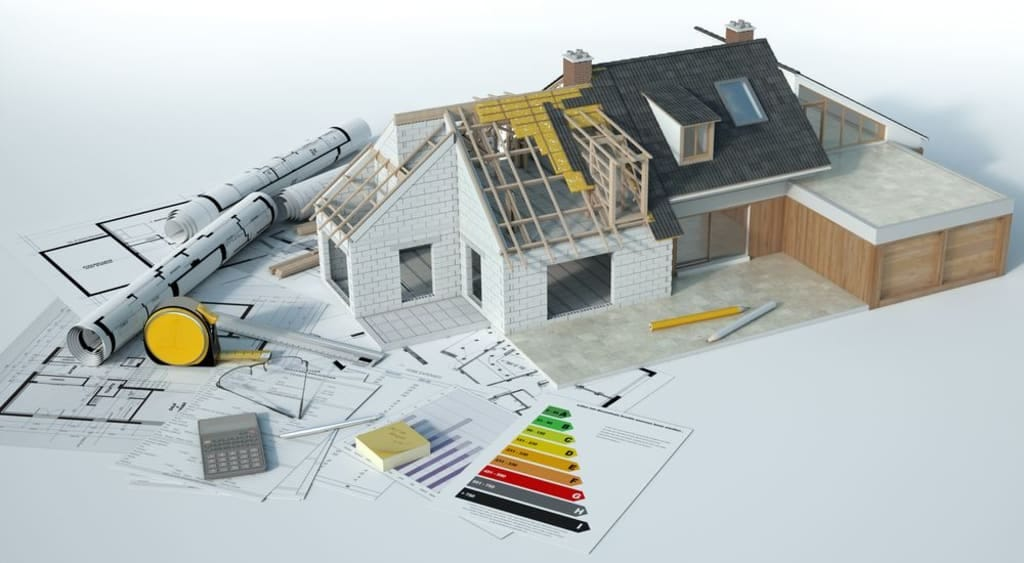
1. Ignoring Early Signs
One major mistake you should definitely avoid during your home renovation is ignoring early signs of termite activity. Small clues like mud tubes, discarded wings, or hollow-sounding wood might seem insignificant.
However, these are early warning signals of a bigger problem. By addressing these signs immediately, you can save yourself from extensive damage.
Get professional help right away – this is especially true if you’re considering termite control for Charlotte and/or live in the Carolinas. Termites are common here, so you need to be quick.
Experts can inspect and treat affected areas effectively, giving you peace of mind as you move forward with your renovation plans. Don’t let small issues become big headaches!
2. Using Wood Materials
In any home renovation, wood is often a go-to material for its aesthetic appeal and versatility. However, using wood also makes your home attractive to termites. These pests can chew through wooden structures, causing significant damage before you even notice their presence.
To mitigate this risk, consider using termite-resistant or treated wood for any new construction. You might also explore alternative materials like metal or concrete in some parts of your home.
Sealing existing wooden elements with protective coatings can further reduce the chances of an infestation. Being proactive with your material choices can save you a lot of trouble in the future.
3. Demolition Exposing New Areas
During renovation, demolition can often reveal previously hidden areas of your home. While this is essential for progress, it also exposes sections that might have been a haven for termites unnoticed before. When you tear down walls or remove old flooring, you might inadvertently open up new pathways for these pests to invade.
It’s crucial to conduct a thorough inspection once demolition starts to identify and address any termite activity promptly. Preemptive measures such as treating newly exposed wood and sealing entry points can go a long way in preventing an infestation. Taking these steps early ensures your renovation proceeds smoothly without unwanted surprises.
4. Creating Moist Environments
Water and moisture are attractant termites, making it essential to manage moisture levels during your renovation. Activities involving plumbing updates or installations can unintentionally create damp zones, providing the perfect environment for termite colonies to thrive.
Leaky pipes, poor drainage, or unventilated spaces can all contribute to increased moisture levels in your home. To counter this risk, ensure that all plumbing work is done meticulously with no leaks left unchecked. Additionally, consider using dehumidifiers in susceptible areas and improving ventilation wherever possible.
Addressing moisture issues upfront will help keep your home termite-free while ensuring a successful and stress-free renovation process.
5. Neglecting Foundation Protection
The foundation of your home is its fundamental support structure, and neglecting to protect it can make your property highly susceptible to termites.
During renovations, any disturbances or changes to the foundation – such as digging or adding extensions – can create opportunities for these pests to invade. Termites often enter through gaps or cracks in the foundation, causing severe structural damage over time.
To safeguard your home, consider applying termite barriers or treatments specifically designed for foundations. Another effective step is routinely inspecting and repairing any visible cracks or damages. Taking proactive measures will help ensure that your home’s foundation remains strong and termite-free throughout the renovation process.
Don’t Ignore These 5 Termite Risks
Taking the time to understand and mitigate termite risks can make a world of difference in the success of your home renovation.
Don’t let these hidden threats compromise your hard work and investment. Be proactive! Schedule an inspection, choose resistant materials, and address moisture issues head-on to safeguard your home for years to come.
By integrating these prevention strategies into your renovation plans, you’ll ensure a smoother process and a more durable result. Ready to get started?
Let’s make sure your dream renovation remains just that – a dream come true without any pesky surprises!




